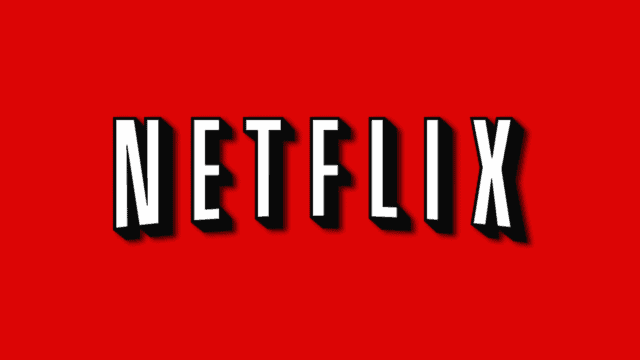
Recently, Netflix reported its results for the third-quarter 2017. They also announced their plans to expand their content budget in 2018 by raising $1.6 billion in new debt. Over the next year, they intend to spend up to $8 billion and this is up on the original target of $7 billion. Over 2017, a total of 25% of appending on programming was original content. Netflix says that this is a figure that they expect will continue to grow.
In the last year, the company has released approximately 50 films but they intend to increase this to approximately 80 in the upcoming year. The debt they are offering is their biggest to date. In less than three years, this is the fourth occasion in which they have raised over $1 billion in bonds. This comprised on $1.5 billion in February 2015, $1 billion around fall in 2016, and the $1.4 billion new debt financing they raised in spring 2017. In addition to this debt, Netflix also has a line of credit which allows them to borrow up to $750 million and this could potentially further increase their debt.
At the end of 2016, the company was $3.36 billion in debt and this figure has now risen to $4.89 billion at the end of the third quarter of 2017. They also have $417 billion in commitments for streaming-content over the next few years.
It seems their thesis is to maintain a high cash-burn rate now so that it will allow them to buy a wide range of original content in a variety of formats and genres in the future and this includes regional programming. The aim of this is to attract more Internet subscribers onto its rolls on an international scale. In the 2017 third-quarter, they broke their third-quarter record by gaining an additional 5.3 million net new subs; a figure that exceeded their expectations. This means they now have approximately 109 million Internet subscribers worldwide.
Netflix announced their third-quarter results in a newsletter to shareholders. Investors were told that the company was looking to raise more debt. They explained that after-tax debt costs are lower than the cost of equity, so this was a financially viable plan.
Clearly, the more debt Netflix have, the higher their costs of servicing that debt. In the first nine months of 2017, they paid out $163 million in interest on their debt. When compared to the same period last year, the amount they have paid in interest is up by 53%. However, to counteract this, their revenue in the first nine months of 2017 has also increased by 32% up to $8.4 billion.
At this time, the company is continuing to operate with a negative cash flow and this is a situation that Netflix expects to continue for several years. In quarter-three, their free cash flow was -$465 million and this was -$506 million in the comparable period the previous year. It is their expectation that the figure for the full year of 2017 will be between -$2 billion and -$2.5 billion.
The reason Netflix is operating in this way is that they buy their titles before the consumers watch the content. The cost of the shows and movies is dependent on the company’s estimated viewing figures.
 Follow Us
Follow Us


